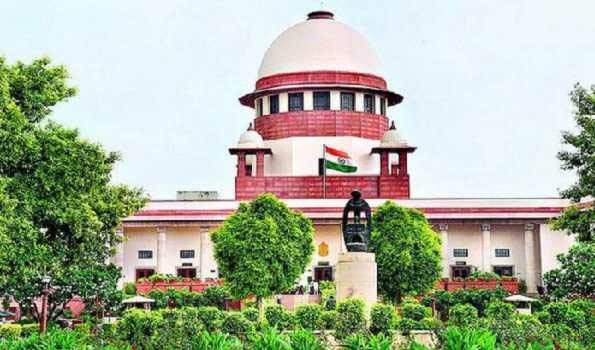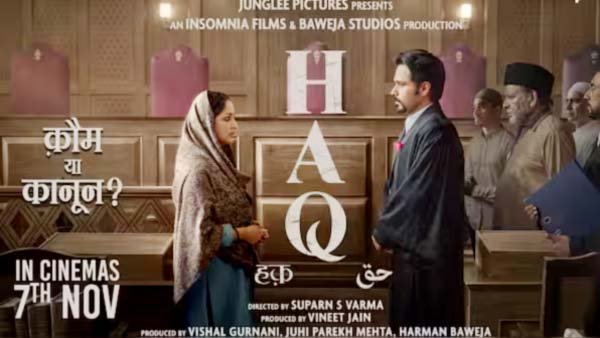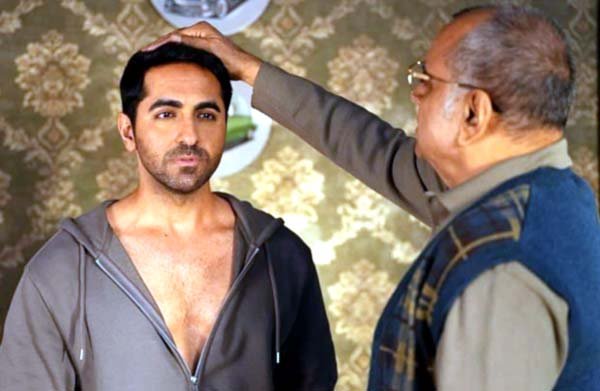New Delhi, Aug 7 (UNI) The Supreme Court today dismissed a petition filed by Allahabad High Court judge Justice Yashwant Varma challenging the recommendation made by former Chief Justice of India Sanjiv Khanna for his removal from office.
The recommendation had followed the recovery of a large amount of unaccounted cash from his official residence in Delhi after a fire incident.
A bench of Justice Dipankar Datta and Justice AG Masih upheld the constitution of the in-house committee and the procedure it followed, holding that the process was not illegal or unconstitutional.
The court said that the Chief Justice of India and the in-house committee had “scrupulously followed the process,” except for uploading photographs and videos, which the court found to be non-essential.
“We have held that CJI and the in-house committee had scrupulously followed the process except uploading photos and video and we have said it was not required. But nothing turned on it because you did not challenge it then,” Justice Datta said while pronouncing the verdict.
“We have held that CJI sending a letter to the Prime Minister and President was not unconstitutional. We have made certain observations where we have kept it open for you to raise proceedings if needed in the future.
“With this, we have dismissed the writ petition,” the Court stated.
The court framed six issues in the matter and made the following determinations: The writ petition was not maintainable as a challenge to the conduct of a sitting judge under the in-house mechanism;
The in-house procedure has legal sanctity and is not outside the constitutional framework;
There was no violation of the petitioner’s fundamental rights;
The Chief Justice of India and the inquiry committee followed the prescribed process, and uploading of photos or videos was not essential;
The act of sending the report to the Prime Minister and the President was not unconstitutional;
Liberty was granted to the petitioner to raise grievances through appropriate proceedings in the future, if needed.
Justice Varma had sought a declaration that the recommendation made by then CJI Khanna for his removal be declared unconstitutional and ultra vires. He also challenged the in-house committee report that led to the recommendation.
According to the petition, the in-house inquiry was initiated without any formal complaint and the Supreme Court’s press release about the incident subjected him to a media trial.
The incident occurred on March 14, when a fire broke out at his official residence in Delhi. It was alleged that firefighters discovered a large quantity of unaccounted cash at the scene.
A video showing bundles of currency burning in the fire also surfaced. Justice Varma denied the allegations and claimed that it was a conspiracy to frame him.
On March 22, an in-house committee was constituted by the then CJI to probe the matter.
The committee comprised Punjab and Haryana High Court Chief Justice Sheel Nagu, Himachal Pradesh High Court Chief Justice GS Sandhawalia, and Karnataka High Court Justice Anu Sivaraman.
The committee began its work on March 25 and submitted its report on May 3, which was placed before the CJI on May 4.
Following the report, the CJI forwarded the findings to the President and recommended Justice Varma’s removal.
Justice Varma was subsequently sent back to his parent High Court, Allahabad, where he was re-administered the oath of office. However, on instructions from the Chief Justice of India, no judicial work was assigned to him.
In his petition, Justice Varma stated that the proceedings before the committee violated principles of natural justice since the panel did not inform him of its procedure or give him an opportunity to respond to the evidence.
He argued that it was essential to identify the ownership and quantity of the recovered cash, which the panel report did not address. He also alleged that former CJI Khanna had asked him to resign or take voluntary retirement within a short time frame.
Senior advocate Kapil Sibal, representing Justice Varma, submitted that the in-house mechanism was only limited to making recommendations and could not trigger impeachment proceedings.
He contended that the recommendations by the in-house committee do not carry binding value. He further argued that he was not challenging the report itself, but its use as the basis for recommending the judge’s removal, which he said violated Article 124 of the Constitution and the Judges Inquiry Act, 1968.
The bench questioned the delay in approaching the court. “If you challenge the constitutionality of the provisions, you should have come early… You say you are not heard, and then there is a delay,” Justice Datta observed.
Sibal responded, “But it is about my fundamental rights. I can raise the points now.” The Court replied that the petitioner should have shown that the Chief Justice of India had violated procedure.
Senior advocate Mukul Rohatgi, also appearing for Justice Varma, referred to the impeachment process of former Supreme Court judge Justice Soumitra Sen, stating that in that case, the judge was called and heard.
During the hearing, the bench said that the in-house procedure was introduced in 1999 and that the office of the Chief Justice of India cannot be considered as a mere post office.
“If the CJI has material to believe that there is misconduct, he can inform that and that he has informed the President and Prime Minister, that is all,” Justice Datta said.
The court also dismissed a separate plea filed by Advocate Mathews J. Nedumpara seeking the registration of an FIR against Justice Varma.
With this, the Supreme Court closed the matter and dismissed the petition filed by Justice Varma.











